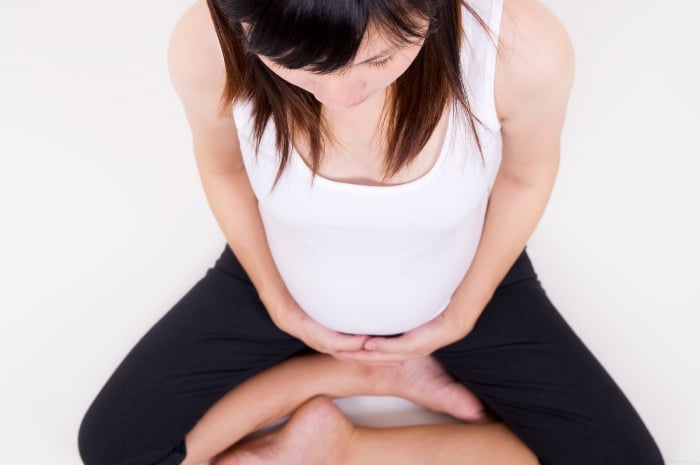Do you want to know how to tell if baby dropped during pregnancy? When a baby “drops,” it means they have moved lower into the mother’s pelvis in preparation for labor. This is often referred to as “lightening.”

When Does the Baby Drop?
The timing of when a baby drops can vary. For first-time mothers, it often happens a few weeks before labor begins, usually between weeks 34 and 36. For women who have had previous pregnancies, the baby might not drop until labor starts. Here are some signs of how to tell if baby dropped during pregnancy:
Increased Pressure
You might feel increased pressure in your pelvis and lower abdomen. This can also make you feel like you need to urinate more frequently.
Relief of Pressure on the Diaphragm
If you’ve been having difficulty breathing or feeling short of breath, you might notice some relief as the baby moves down and out of your rib cage.
Changes in Walking
You might notice a change in how you walk, sometimes referred to as a “waddle.” The baby’s lower position can affect your balance and gait.
Discomfort
You might experience new discomfort in your pelvic region, including sharp or aching sensations.
Change in Fetal Movement
The baby’s movements may change in frequency or intensity, as their position shifts.
Visible Changes
Sometimes, you can visually see that the baby has dropped. Your belly might look lower, and your belly button might appear more pronounced.
Easier Digestion
You might find that heartburn or indigestion decreases as the baby moves lower, freeing up space around your stomach.
Increased Pelvic Pain
As the baby drops, the added pressure on the pelvic joints and ligaments can cause pain or discomfort, especially in the lower back or hips. Some women experience shooting pain in the legs due to the baby pressing on certain nerves.

Braxton Hicks Contractions
These “practice” contractions may become more frequent or intense as your body prepares for labor. You might notice them more often after the baby drops.
Cervical Changes
Though not something you can feel directly, dropping may be associated with the beginning of cervical dilation and effacement (thinning and opening of the cervix), which are early signs of labor.
Vaginal Discharge
An increase in vaginal discharge can also occur as the baby drops and puts more pressure on the cervix.
When to Contact Your Doctor
While dropping is a normal part of pregnancy, you should contact your healthcare provider if you experience:
- Severe pelvic pain or pressure
- Sudden changes in fetal movement
- Vaginal bleeding
- Severe back pain or cramping
These could be signs of preterm labor or other complications.
Remember that every pregnancy is unique, so if you’re ever unsure about what’s happening with your body, it’s always best to consult with your healthcare provider. They can offer reassurance or guide you on what to expect as you move closer to your due date. And your doctor can tell if baby dropped during pregnancy.








Wow I never heard of this term before, thank you for sharing this amazing post.
I remember this! It was not comfortable. Whew. This is perfect for those who are pregnant for the first time.
Such great information for all first-time moms, and I will share this with my niece who is expecting her first baby. Thank you!
I remember this, it is an odd feeling especially the first time around. It does help to be aware when you are a first time parent. These things can be worrying when you don’t know what to expect.
I had no idea the timing could vary so much between first-time moms and those who have had previous pregnancies. It’s interesting to learn that for first-timers, the baby usually drops a few weeks before labor.
this is so very useful and reassuring helpful information to have for expectant moms
I carried so high with my boys that when I dropped no one believed me. I knew though. 🙂
I never went through this with my pregnancies. My son was my first and he never dropped…..I ended up being induced and then a C Section after 12 hours of labor. Such a great post and I pinned this one 😉